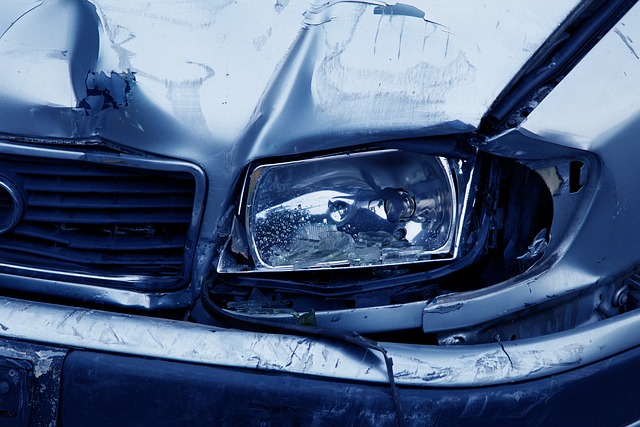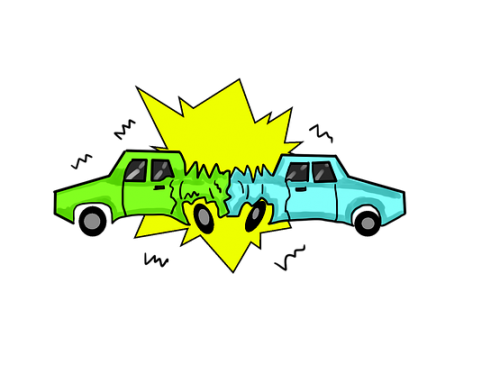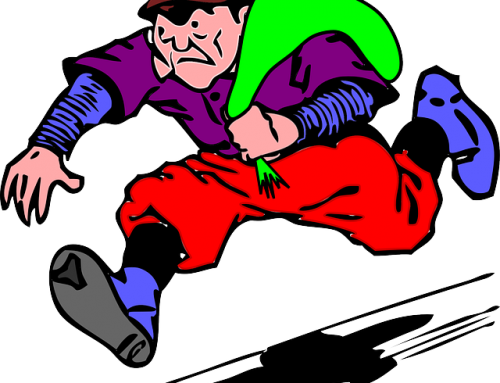On Sunday, October 29th, the Newhall office of the CHP received a call about a single-car crash on the 5 near Magic Mountain Parkway. After responding to the scene, a 24-year-old woman, suspected of being under the influence of alcohol, allegedly became combative with police and was arrested on suspicion of DUI and assaulting a police officer.
Assault on a police officer is covered under California Penal Code 241 PC and is described as assaulting a police officer or other first responders when they are performing their duty. Assault, as described under California Law, is the attempt to commit, or do commit, a violent injury to another person. The definition of assault is very broad and includes actions that are unlikely to produce any injury at all, including spitting on someone or touching them on the shoulder. Taking a swing at someone or attempting to hit them with something is also included. It is unknown at this time what action the suspect took that resulted in the crime.
Assault on a police officer is a misdemeanor-level crime, with possible punishments including up to 1 year in county jail and/or a fine of up to $2,000.
DUIs are covered under California Vehicle Codes 23152(a) VC (driving under the influence of alcohol) and 23152(b) VC (driving with a Blood Alcohol Level (BAC) of .08% or higher. Additionally, California Vehicle Code 23152 (f) VC makes it illegal to drive under the influence of drugs.
Generally, DUIs are considered misdemeanors unless someone is injured, the suspect has a prior felony DUI arrest or has 3 or more prior DUI or “wet reckless” driving convictions in the last 10 years. “Wet reckless” is a term used by prosecuting attorneys, usually in conjunction with a plea agreement, to reduce the DUI from a misdemeanor to the infraction of reckless driving, with a note on your record indicating alcohol or drugs were involved.
The punishments for a DUI conviction vary widely depending on the circumstances and severity of the crime. They usually include some combination of license suspension, jail time, fines, and possibly the order to use an ignition interlock device.








Leave A Comment